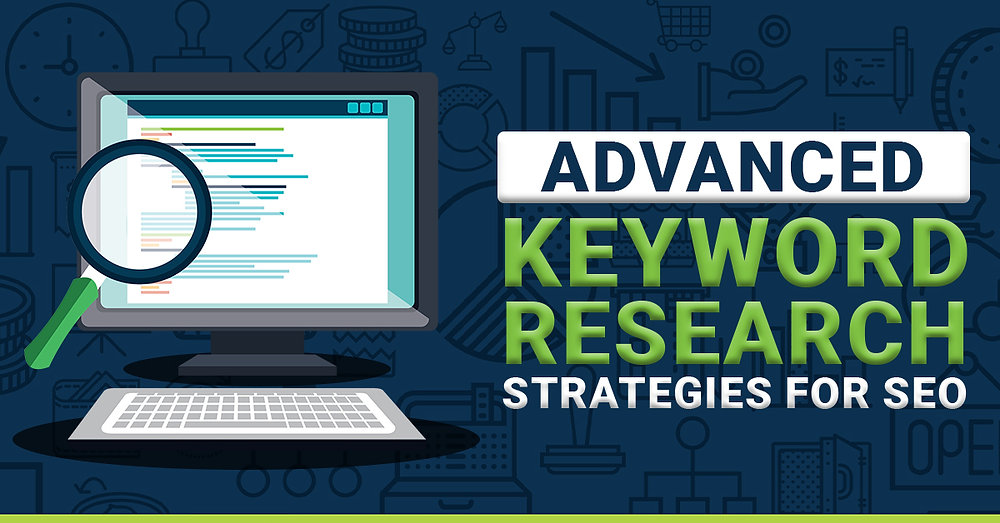2. Technical SEO Deep Dive Advanced Topics

When it comes to SEO, mastering the basics is only the beginning. To truly excel, you need to dive deeper into the technical aspects of SEO that can significantly impact your website’s performance and search engine ranking. This post will cover advanced topics such as schema markup, canonical tags, hreflang tags, and handling website migrations effectively. Understanding and implementing these advanced technical SEO elements is crucial for any website aiming to improve its visibility and user experience.
What is Schema Markup?
Schema markup is a form of microdata added to the HTML code of your website to help search engines better understand the content on your pages. By providing additional context to search engines, schema markup can enhance your search listings with rich snippets, like star ratings, product prices, and event dates, making your website stand out in search results.
Why Use Schema Markup?
- Improved Visibility in SERPs: Schema markup can enhance your search results by providing more detailed information to users, which can lead to higher click-through rates (CTR).
- Better Understanding by Search Engines: Schema helps search engines understand your content more effectively, potentially improving your rankings for relevant queries.
- Support for Voice Search: With the rise of voice search, schema markup becomes increasingly important, as it helps search engines deliver accurate answers to user queries.
How to Implement Schema Markup
To add schema markup to your website:
- Use tools like Google’s Structured Data Markup Helper to generate the necessary code.
- Incorporate the generated code into the HTML of your website pages.
- Validate your schema markup using the Rich Results Test tool from Google to ensure it is correctly implemented.
Common types of schema markup include:
- Article Schema: For news articles and blog posts.
- Product Schema: For eCommerce products, showing details like price and availability.
- Event Schema: For events, displaying dates, locations, and ticket information.
Understanding Canonical Tags
Canonical tags are HTML elements that help prevent duplicate content issues by specifying the “canonical” or preferred version of a web page. When multiple pages have similar or identical content, search engines may struggle to determine which page to rank. A canonical tag indicates which page should be considered the primary version.
Why Canonical Tags Are Important
- Avoid Duplicate Content Penalties: By using canonical tags, you signal to search engines which version of a page should be indexed, reducing the risk of being penalized for duplicate content.
- Consolidate Link Equity: Canonical tags help consolidate the link equity (ranking power) of multiple pages with similar content to a single URL, improving its overall ranking potential.
- Maintain Consistent User Experience: Ensure users are directed to the correct version of a page, providing a consistent experience.
How to Use Canonical Tags
- Add a
<link rel="canonical" href="https://www.example.com/preferred-page" />tag in the<head>section of the HTML for each page. - Ensure the canonical URL points to the most relevant version of the content, whether it’s on the same site or across different domains.
- Regularly audit your website to ensure canonical tags are correctly set up and there are no conflicting tags that could confuse search engines.
Exploring Hreflang Tags
Hreflang tags are used to inform search engines about the language and regional targeting of a webpage. These tags are particularly useful for websites that have content in multiple languages or target audiences in different regions.
Why Use Hreflang Tags?
- Target Multiple Regions: Hreflang tags allow you to specify different versions of a webpage for different regions, ensuring the correct version appears in search results for each target audience.
- Improve User Experience: By serving content in the user’s preferred language, you enhance the overall user experience and reduce bounce rates.
- Avoid Duplicate Content Issues: Like canonical tags, hreflang tags help prevent duplicate content issues by indicating which language or regional version of a page should be shown in specific search results.
How to Implement Hreflang Tags
- Include
<link rel="alternate" hreflang="x" href="URL" />tags in the<head>section of your HTML for each page.- For example,
<link rel="alternate" hreflang="en-us" href="https://www.example.com/us/page" />specifies the U.S. English version.
- For example,
- You can also implement hreflang tags in your XML sitemaps.
- Verify hreflang implementation using tools like Google’s Hreflang Tags Testing Tool.
Handling Website Migrations
Website migrations involve making substantial changes to a website’s structure, content, or platform. Whether you’re moving to a new domain, changing from HTTP to HTTPS, or overhauling your site architecture, a website migration can have significant SEO implications if not handled correctly.
Key Steps for a Successful Website Migration
- Plan Carefully: Outline the migration process, including timelines, tasks, and key stakeholders. Identify which pages will be affected and ensure all necessary redirects are mapped out in advance.
- Implement 301 Redirects: Use 301 redirects to guide both users and search engines from old URLs to new ones. This ensures that you retain as much link equity and traffic as possible.
- Update Internal Links and Sitemaps: Make sure all internal links are updated to point to the new URLs. Submit updated sitemaps to search engines via Google Search Console.
- Monitor Performance: After the migration, monitor your website’s performance using tools like Google Analytics and Search Console. Keep an eye on traffic levels, rankings, and indexing issues.
Conclusion
Advanced technical SEO is not just about optimizing content; it involves a deep understanding of various elements that can significantly impact how search engines view and rank your website. By mastering schema markup, canonical tags, hreflang tags, and handling website migrations effectively, you can ensure that your website remains competitive in search engine results pages and delivers a seamless experience to users. Implementing these advanced SEO techniques will enhance your site’s visibility, user experience, and overall search performance.